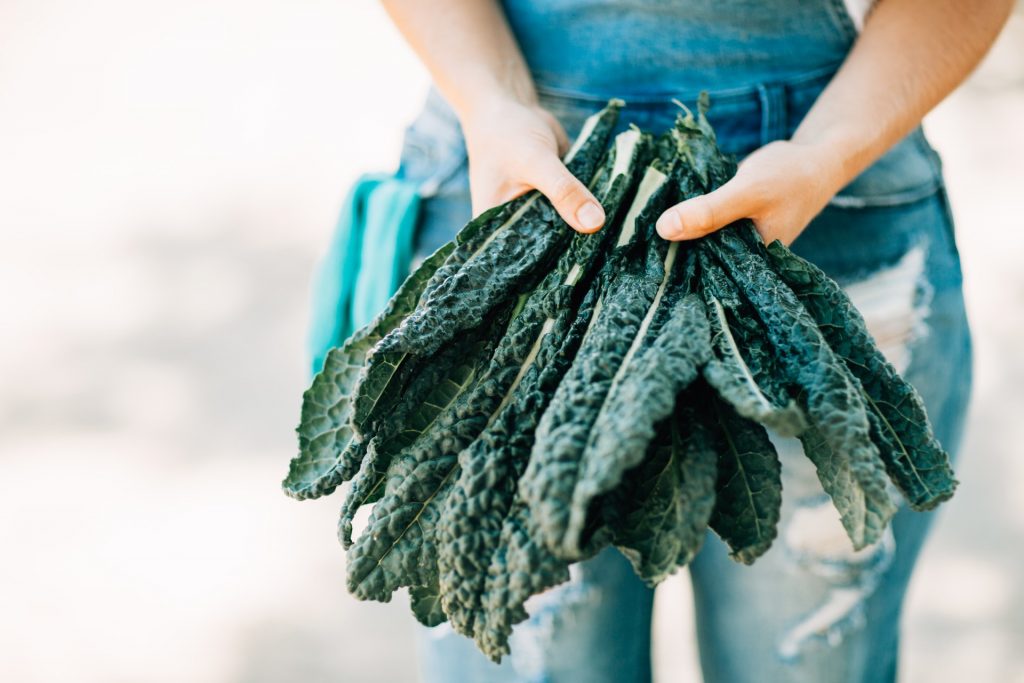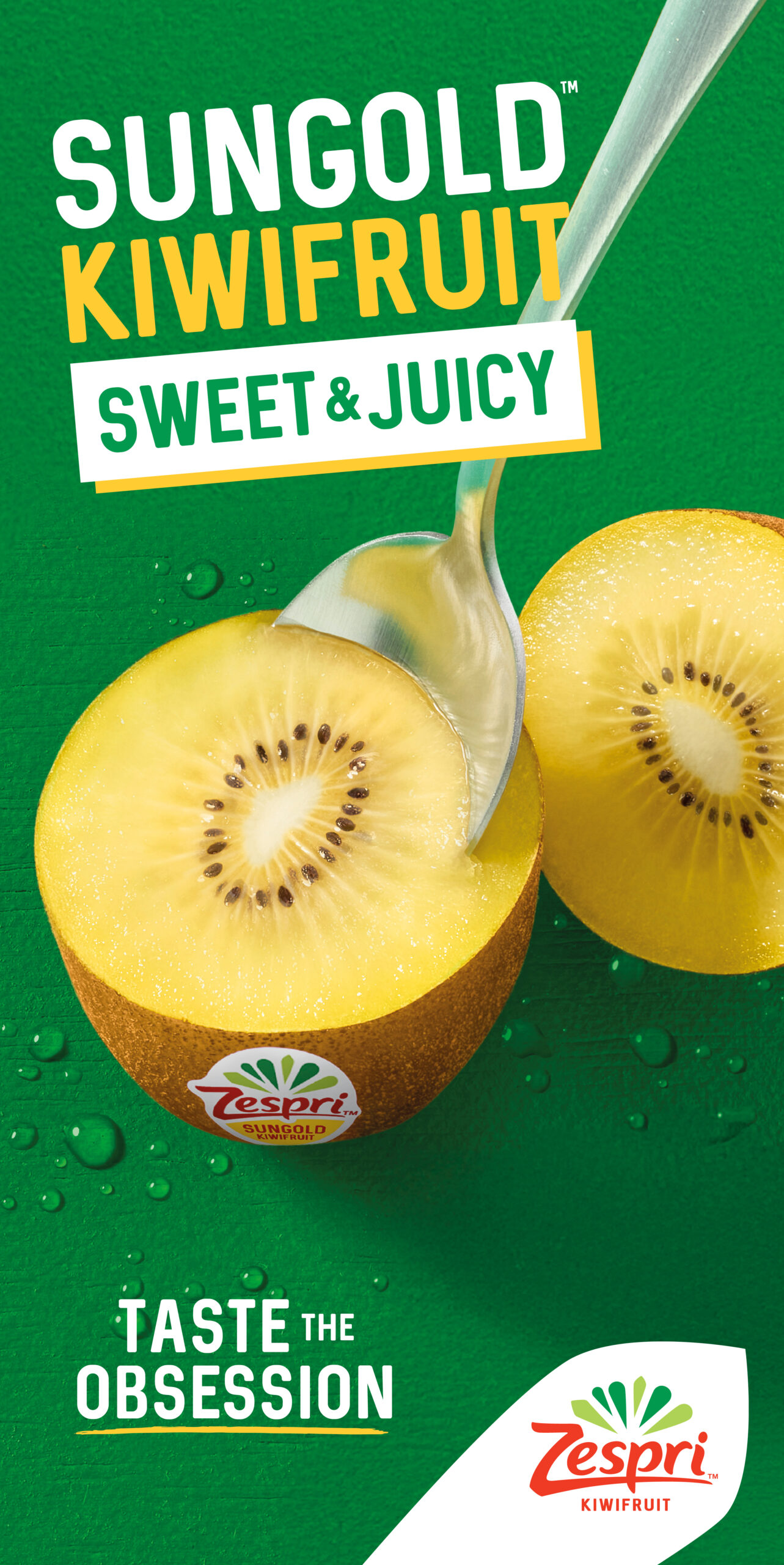Nitrates and nitrites – what you need to know

We see nitrates and nitrites in a lot of contexts, but what are they? And what’s the difference between them?
When discussed in the context of food, it may be that negative images come to mind. Nitrates and nitrites are often associated with fertilisers as well as preservatives in meat and dairy. You might even have heard them associated with an increased risk of cancer. But we also find them in plenty of fruit and vegetables, to useful effect.
So what’s the truth about nitrates and nitrites? The answer is that it’s a bit more complicated than just good and bad. Here, we take a look at some of the evidence to help get the best out of our food.
What are nitrates and nitrites?
Simply put, a nitrite is a nitrogen atom that bonds with two oxygen atoms, a nitrate bonds with three. Nitrates are a relative inert molecule, which means they’re stable and do not easily react or change. Enzymes and bacteria in our bodies can convert them into nitrites, however.
Nitrites are a little more complicated. Nitrites can convert into something called nitric oxide, which is more unstable in the body.
These molecules are found all over the planet in a number of different compounds, like sodium nitrite and potassium nitrate. As they’re so commonplace, and appear in so many different forms, it’s impossible to give one-size-fits-all advice about their effects on your health.
Where do they come from?
You can find nitrates and nitrites everywhere. They are naturally occurring in the body, in our saliva, our gut and all the way through our circulatory systems. But they’re in our food too. Processed foods, cured meats and cheese often contain nitrates and nitrites. They’re used as a preservative to suppress harmful bacteria. They can also to add flavour, and stop some food oxidising and turning brown. Humans have used nitrates and nitrates in this way for thousands of years.
But they’re in our foods naturally too. In fact, only around 5% nitrates in the average European diet come from processed meats. Most of them actually come from vegetables, which acquire nitrites from the soil as they grow. As a result, vegetables that grow in the ground tend to have higher nitrate content. Leafy greens, like spinach, are rich in nitrates, as are root vegetables such as carrots and especially beetroot. It may be that organically grown vegetables contain lower levels due to the absence of synthetic nitrate fertilisers.
What do they do?
What is confusing is that, despite their reputation, nitrites and nitrates do have many beneficial effects on the body. For example, research shows that beetroot juice, which is rich in nitrates, improves the cardiovascular system. These nitrates increase nitric oxide production in the body. Nitric oxide is a signalling molecule, causing the muscles in our blood vessels to relax. This can reduce blood pressure, a key risk factor in strokes and heart disease.
It can also help us to transport oxygen around the body better. This is why beetroot and its juice is often recommended for physical performance. It’s also been suggested that it improves the efficiency of mitochondria – the parts of the cell that produce energy. This can improve performance in high intensity and endurance exercises.
Risks associated with nitrates and nitrites
These compounds can have some risks associated with them, especially when they’re in meat products. This is due to compounds called nitrosamines, which can be carcinogenic. Nitrosamines are made when nitrates are exposed to very high heats. When fatty foods such as bacon, processed sausages and other cured meats are cooked at high temperatures, the sodium nitrite and protein create the perfect environment for nitrosamines to form. The lack of protein in vegetables means this is unlikely to happen to the nitrates and nitrites when roasting veg.
Nitrosamines, some of which have been linked with bowel cancer, can also be made in the acidic environment of the stomach. The way to reduce this is to limit the amount of processed meats that you include in your diet as they are unlikely to be dangerous in small quantities.
This doesn’t apply to natural, unprocessed or artificially preserved meats.
How to eat them safely
The bottom line is that nitrates and nitrates naturally occur in the body and in our diets. They don’t tend to be a risk and can even offer great benefits to our cardiovascular systems. Having said that, they do have the potential to convert into carcinogenic nitrosamines in our bodies. This is especially true after cooking processed meats over high heats.
Nitrites and nitrates from vegetables are highly unlikely to cause harm. We can eat them for their benefits to our blood vessels. The molecules found in processed meats are also not necessarily dangerous in small quantities, but they should probably be limited in our diets, especially when they require cooking in hot environments.




